Day 4 in #HolyJordan: Looking at the Promised Land with Moses at Mt. Nebo
The Register's Peter Jesserer Smith went on a Year of Mercy pilgrimage, Oct. 7-15, in the Holy Land of Jordan.

We were driving through Jordan’s mountains to Mt. Nebo, the place where God showed Moses the Promised Land, or “the land of milk and honey.” Our Christian tour guide, Raed Haddad, smiled and asked us a question: “Now, if you’re going to this ‘land of milk and honey,’ what are you thinking? That it’s actually rivers of milk, and I never have to work again?”
I had not really thought about it much, but I tried placing myself in the sandals of an Israelite wandering around in all this desert imaging where God would bring me after all that slavery in Egypt. Haddad, a guide with a deep, spiritual insight when it comes to the Bible, set up the question and followed up with his usual good humor that underlines a serious point, “I think Moses got up there and had a heart attack — and that’s why he died.”
Part of the pilgrim’s journey is traveling in the footsteps of our ancestors in the faith, who followed God with even less to go on than we have now. As a Church, we have 3,500 years of reflection on God’s revelation — our spiritual ancestors, the Israelites who followed Moses out into the desert had to trust that the God Moses revealed was true, and that his word was true. They had to believe that the God who brought them into the rocky, mountainous desert of Arabia and the wadis of Jordan, loved them and had mercy on them by bringing them out of slavery in Egypt.
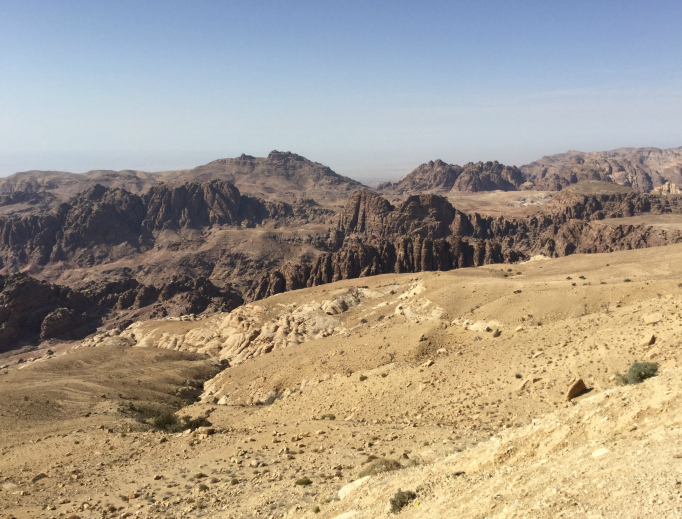
Looking out my window from the comfort of the tour bus, I thought about how the Israelites had come from slavery, but they could recall how the Nile Delta was lush and green. They were free in Jordan, but wandering amid desert, having to trust completely in God by listening to Moses, because they had zero experience when it came living like Bedouins. (And in my limited experience with Jordan’s Beduoins, they have that complete, matter-of-fact trust on God’s providence living in the desert).
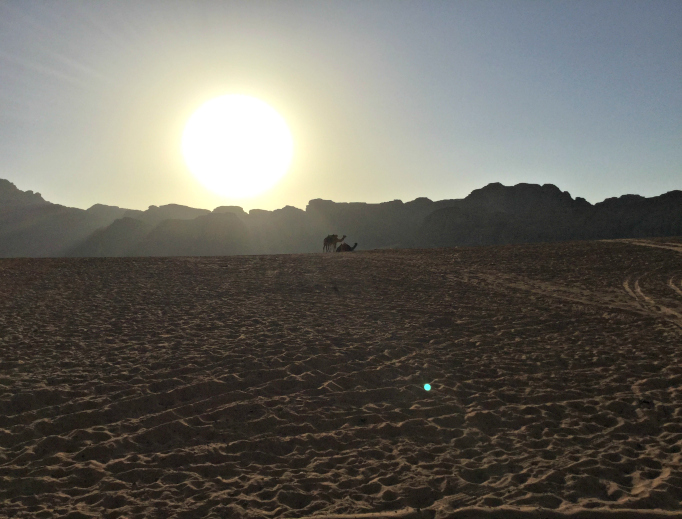
“The land of milk and honey.” Well, that kind of image can help keep you going in the desert. You might think “at least I won’t have to work again like in Egypt! God’s going to take care of everything when I get there!”
But as Raed reminded us: God’s ways are not our ways; and we would see what that meant on Mt. Nebo. We were coming to the place where pilgrims for 2,000 years would come to see with Moses how God is faithful to his promises, even though He may not fulfill them in the way we imagined he would.
On the top of Mount Nebo stands a Franciscan monastery that houses the friars who have care for the site.
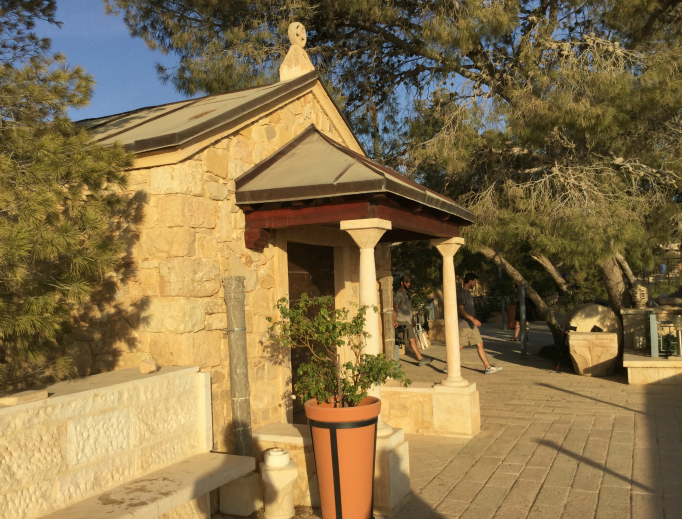
On the peak itself, is a now re-opened basilica called the Moses Memorial. The basilica is built over the site of the first Byzantine church erected by monks in the 4th century, and you can see the ancient mosaic-covered floor. Both Pope St. John Paul II and Benedict XVI came here as pilgrims.
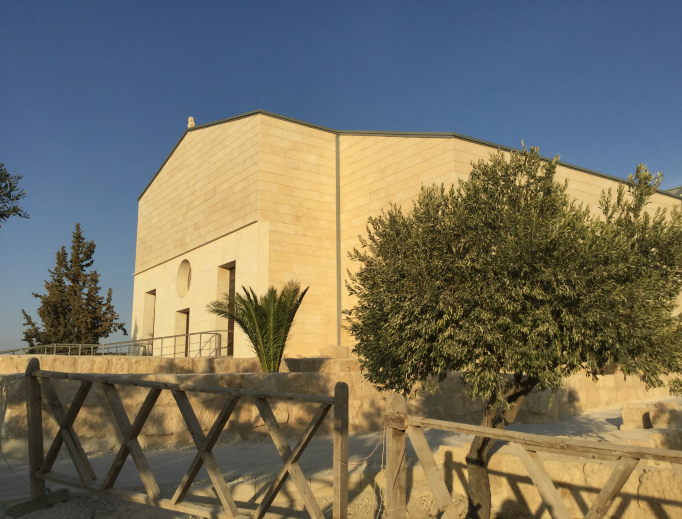
Father Fergus, the custodian of the holy place at the time, offered the Mass of St. Moses, for our little group of pilgrim religious writers in the Chapel of St. Michael. The day was slightly hazy, so we would not be able to see the lights of Jerusalem in the distance, but Father Fergus encouraged us to look with eyes of faith, reminding us of St. Paul’s words: “For now we see through a glass, darkly; but then face to face.”
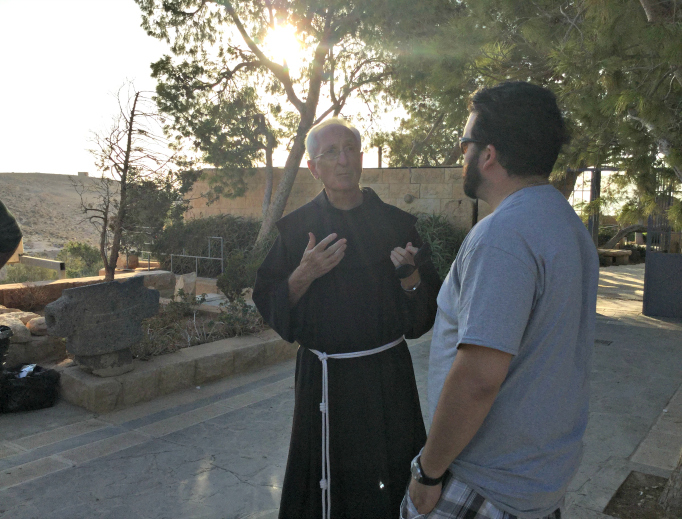
At the lookout by the Moses cross — an image which reflects how the serpentine staff of Moses prefigured the cross of Jesus the Messiah — you finally see the Promised Land — and what God was telling Moses about this land and salvation. Because if you expected a topical paradise, a place where you’d never have to work again after all that wandering and slavery in Egypt — you’d have a heart attack. No doubt about it.
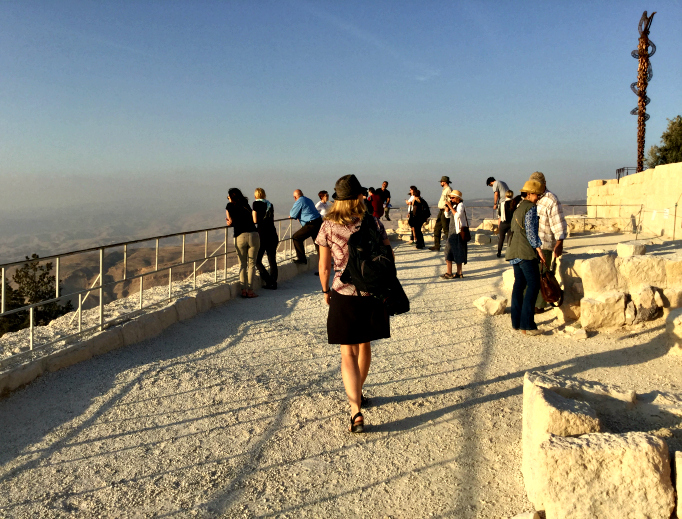
As you look out, you see the placid Dead Sea to the south — the sea looks so beautiful as the sun sets over the mountains. But in front of you you see more desert, patches of greenery along the Jordan river, the city of Jericho across the Jordan, mountains in the distance, and more desert mountains to the north.
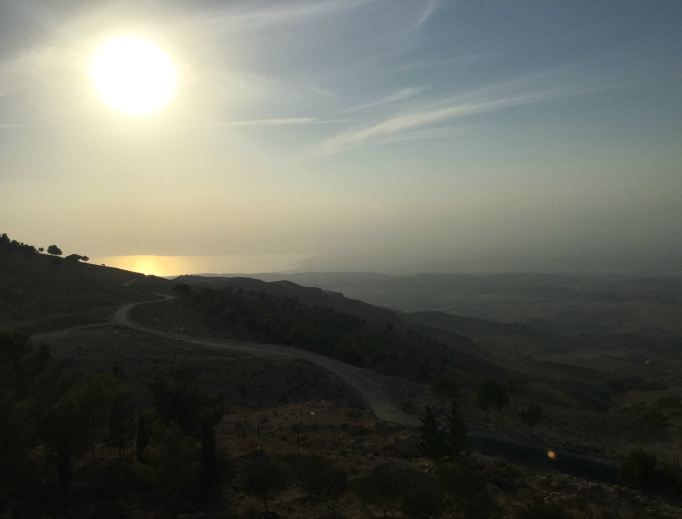
Where is the milk and honey? What kind of “Promised Land” is this? As a pilgrim you imagine the kind of emotions and thoughts that must have filled Moses, who was the only person in the Old Testament said to have seen God “face to face,” and still had struggles with faith (as I’ll explain in a later post). What were the past 40 years all about? God takes you out of the fertile Nile valley and brings you to what looks like marginally improved desert over the desert in Moab, where you currently are.
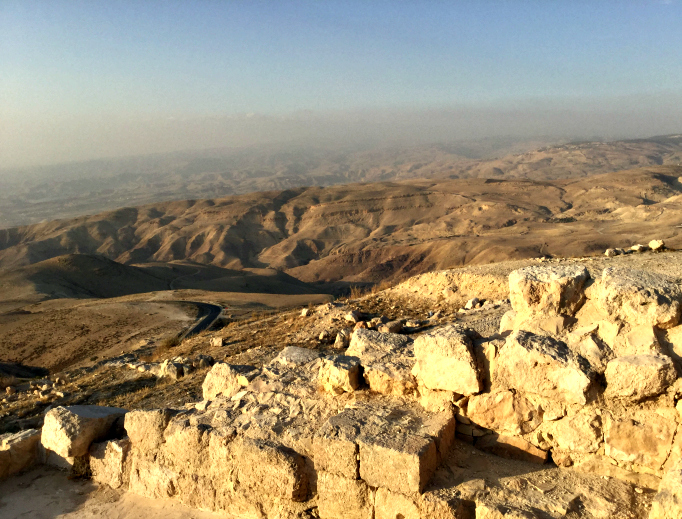
I understood much better what Raed meant when he said “Moses had a heart attack when he got here.”
But Raed said that God brought Moses to this mountain to teach him — and us pilgrims — an important lesson. First of all: Raed explained that when God says “the Promised Land,” he means the kind of promise one makes when you set an appointment. God is not handing out deeds of title, but rather is telling the Israelites: “you live here, where I will come to meet you at the promised time.” This promised meeting he fulfills in Jesus (which he reveals at Bethany beyond the Jordan, pictured below).
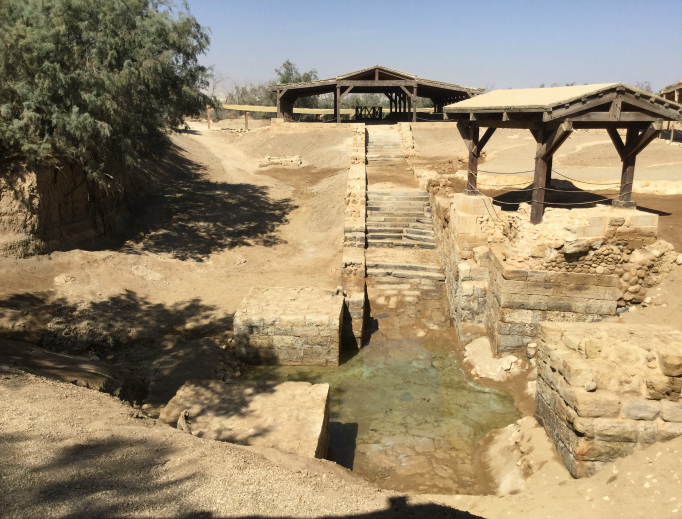
Second, this land we survey with Moses’ eyes is a “land of milk and honey.” God is not a liar or a manipulator, but we human beings — and the prophets were no different — tend to limit God’s meaning to our own expectations. We can miss what the Lord is saying until he sets us straight. Because this mountainous desert land is a place where the Israelites could shepherd their flocks of sheep and goats — that is the milk — and grow fruit orchards — the “honey” from dates is absolutely delightful. But enjoying these rewards means work: you have to shepherd sheep, or tend date trees.
“There’s no such thing as a free lunch,” Raed said. What the Lord is telling us, Raed explained, is that God’s salvation always involves work on our part. It’s been that way since the Lord place Adam and Eve in the Garden.
And there on Mount Nebo, the Lord reassures the pilgrim just as he reassured Moses: his promises are true. His love and mercy toward us is everlasting.
Imagine how it's like being a shepherd staying up all the night, protecting your flock against the hyenas and wolves! That is milk.
Imagine yourself getting sunburnt while plowing the land, and your hands are bleeding from the thorns, and you're watering your crops with your own sweat, making the land good. Well, that is honey.
The land of milk and honey (date honey) is the land of shepherding and agriculture: you will work hard, sweat and suffer. You shall be aching, but God shall bless all your work, always supporting you." ~ Raed Haddad.
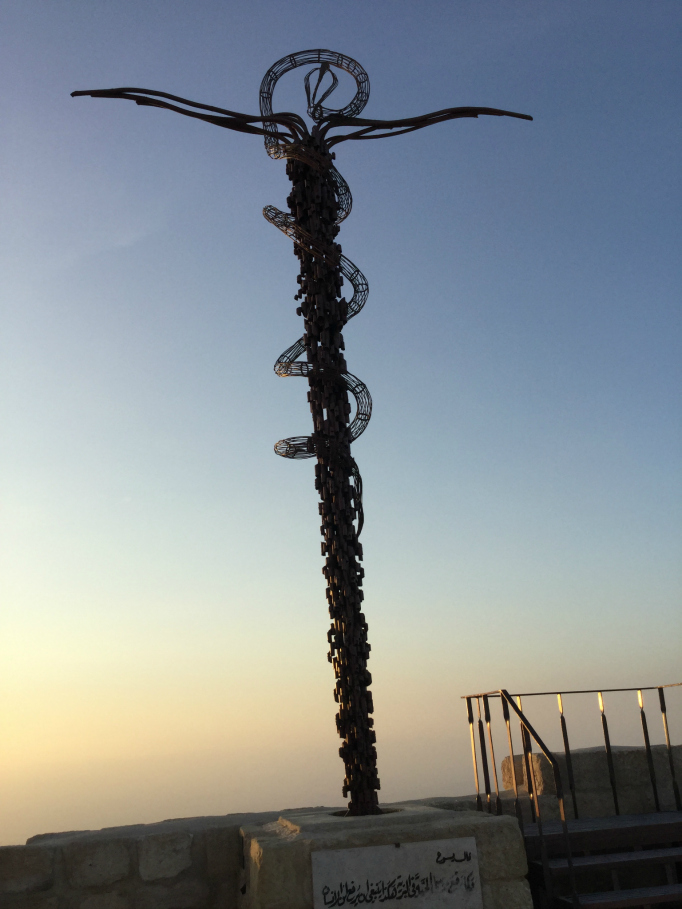
You can click on these links to read Day 1, Day 2, and Day 3 of my Year of Mercy pilgrimage to Holy Jordan.
- Keywords:
- #holyjordan
- franciscan custody of the holy land
- holy land
- holy land pilgrimage
- moses
- moses memorial
- mount nebo
- peter jesserer smith
- year of mercy
- year of mercy pilgrimage
















